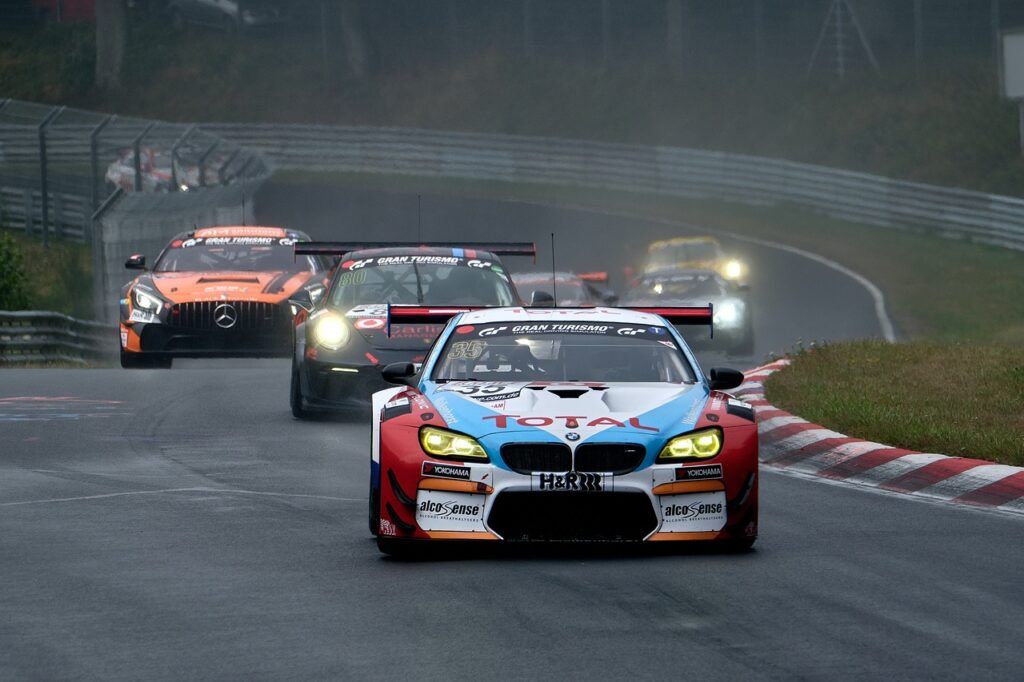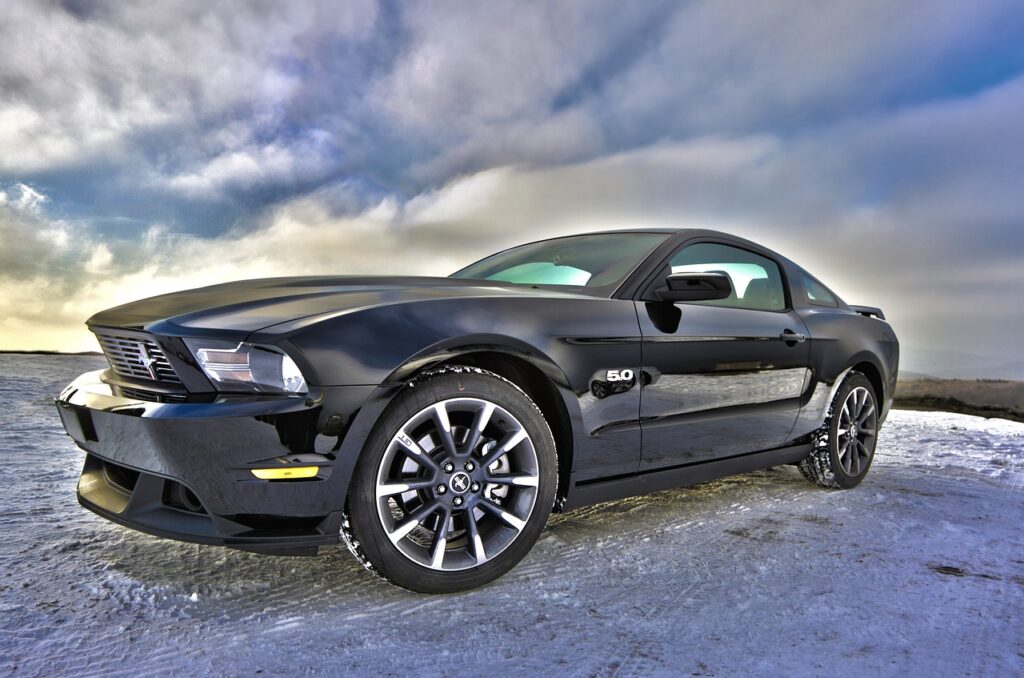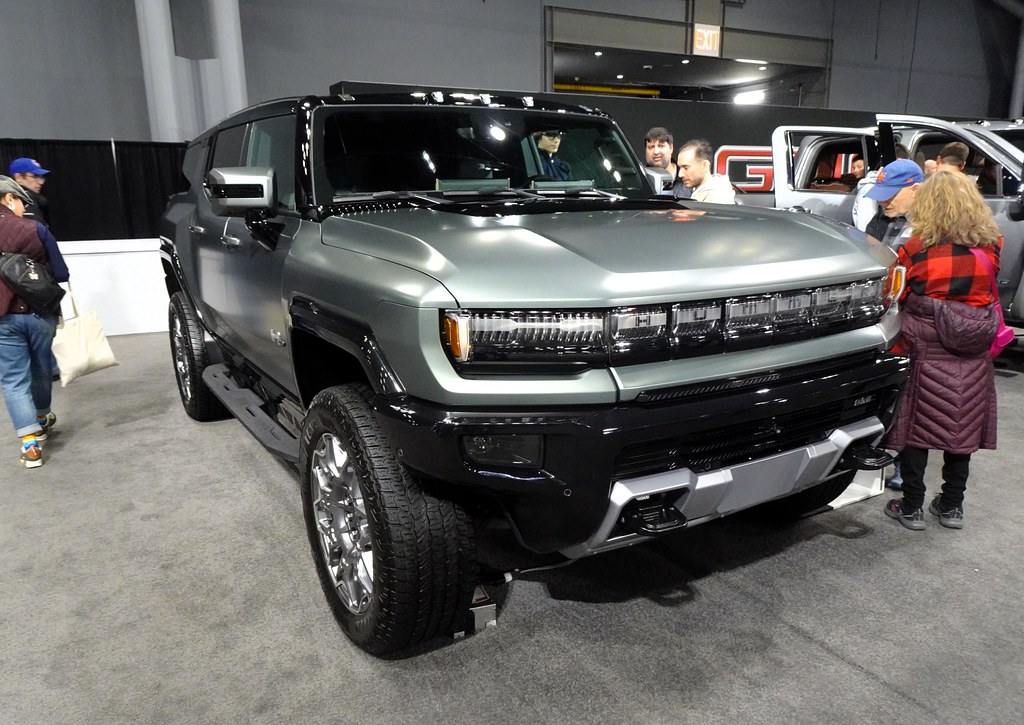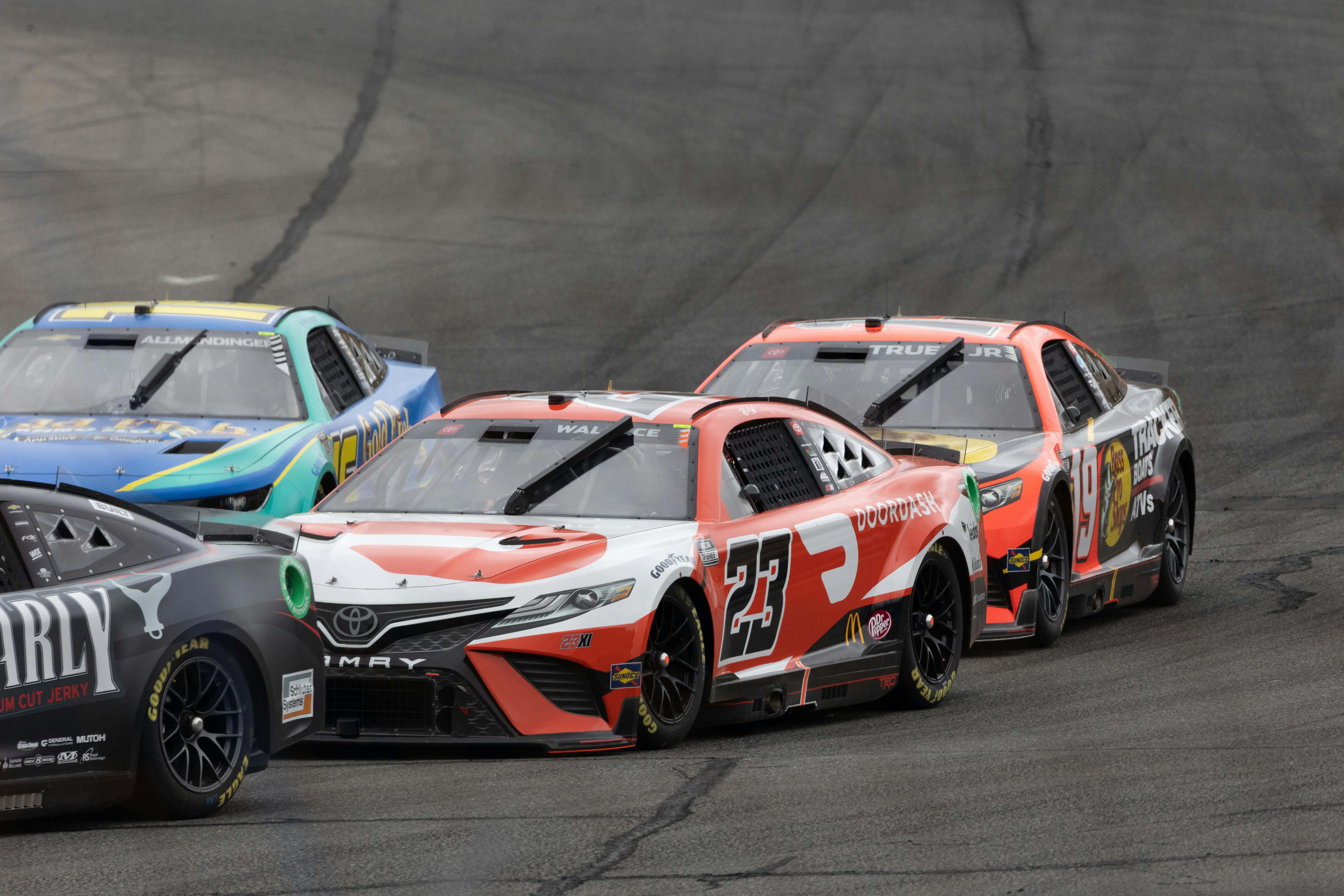
For automotive enthusiasts, there’s nothing quite like the thrill of pushing their cars to the limit on the racetrack. Whether it’s a high-speed straight, a challenging chicane, or a sweeping corner, track days offer the ultimate adrenaline rush for those who crave speed and excitement. It’s an opportunity to truly understand your vehicle’s capabilities and hone your driving skills in a controlled environment, far from the daily grind of traffic and speed limits. However, the sheer exhilaration of track driving also brings with it increased demands on your vehicle, making proper preparation not just beneficial, but absolutely essential for safety and longevity.
Building a track-ready daily driver is all about creating a car that can rip around a track but still make sense for Monday morning errands. The trick is to prioritize upgrades like better brakes, sticky tires, and quality fluids to keep things safe and reliable whether you’re pushing hard or just commuting. You really don’t have to gut your car or spend a fortune to get started; a handful of smart tweaks and regular maintenance can help your car survive track abuse without wrecking its street manners. This guide covers what’s worth upgrading, how to protect your car’s important bits, and what to look out for so you’re ready to hit the track whenever the itch hits.
This isn’t about chasing horsepowers; the best track day mods for beginners aren’t about numbers; they’re about reliability, control, and making sure you don’t end up wrecking your car. We’ll explore the ins and outs of modifying your car for track days, from fundamental performance upgrades to crucial safety enhancements. By focusing on these essential modifications, you’ll be well-equipped to handle the demands of track driving, extract maximum performance and agility from your vehicle, and, most importantly, ensure you drive home in the same car you brought to the event.
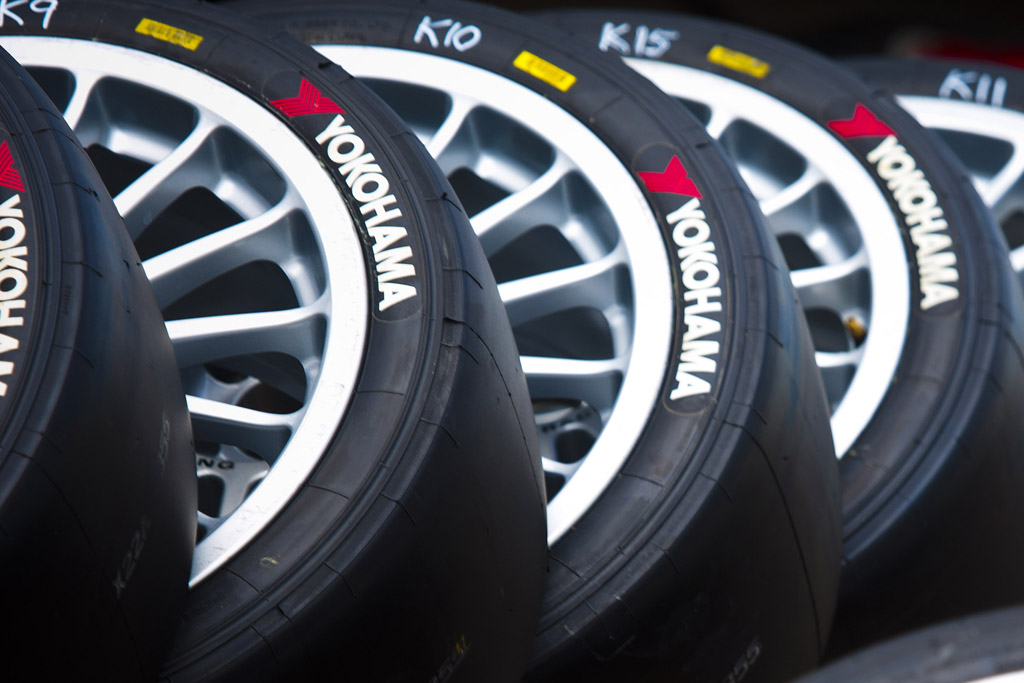
1. **High-Performance Tires: The Foundation of Grip**
Tires are hands-down the most important upgrade for track driving. They are the sole point of contact between your car and the asphalt, translating every input from steering, braking, and acceleration into actual motion. Without the right rubber, none of your other upgrades truly matter, as grip directly equates to both speed and, critically, safety on the circuit. Investing in quality tires is often considered the best bang for your buck after suspension and brakes.
For dual street/track duty, the best track day tires start with 200-treadwear “extreme performance” summer tires. These specific compounds are engineered to handle the intense heat generated during aggressive driving sessions, providing superior adhesion and consistent performance lap after lap without quickly disintegrating. Solid choices in this category include options like the Michelin Pilot Sport 4S, Bridgestone Potenza RE-71RS, Falken Azenis RT660, and Yokohama ADVAN A052, all known for their ability to grip hard and endure track conditions.
Beyond just the tire compound, proper tire maintenance and pressure management are vital. High-grip tires—think 300 treadwear rating—make a huge difference for track safety and handling, but only if they’re properly inflated. Most cars like to run mid-to-high 30 psi when hot, and it’s crucial to check and adjust pressures after each session to maintain consistent grip and prevent premature wear. Getting yourself a portable gauge and pump allows you to fine-tune your tires throughout the track day, optimizing their performance and ensuring maximum safety.
It’s also crucial to prioritize tire inspection before hitting the racetrack. Ensure your tires are appropriate for the track and in good condition – look for any signs of uneven wear, bulges, or embedded objects that could lead to a blowout under high speeds. High-performance tires are specifically designed to provide superior grip and handling compared to standard street tires, significantly improving your car’s performance and stability at high speeds, but their integrity is paramount.
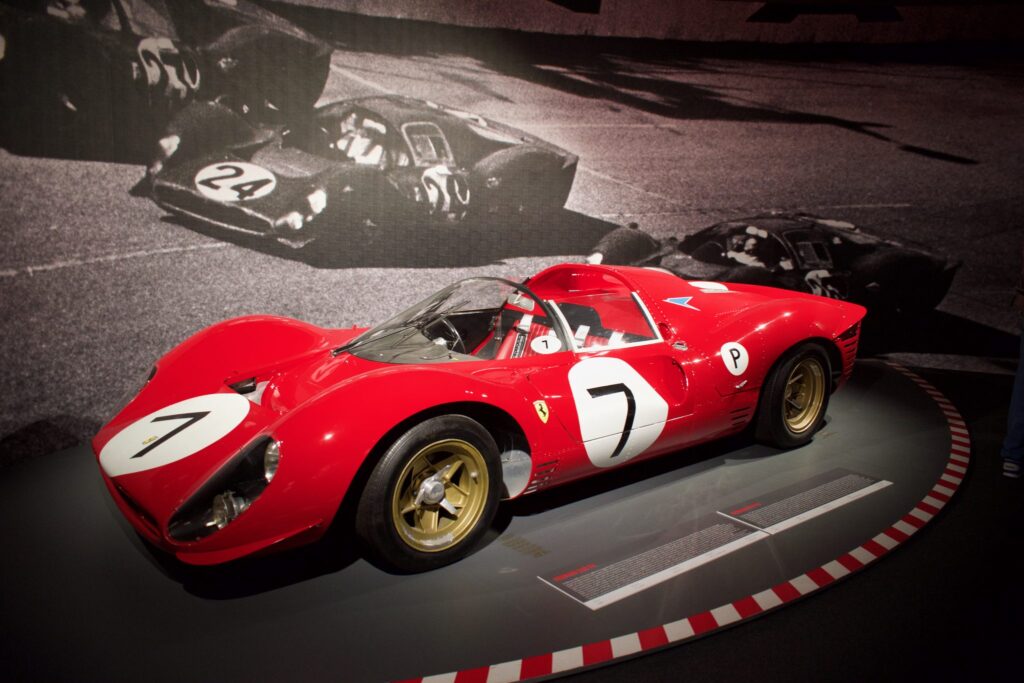
2. **Upgraded Brake Pads & High-Temperature Fluid: Stopping Power Under Pressure**
Strong brakes are non-negotiable if you’re hitting the track. Stock pads and fluid might survive autocross, but they’ll fold fast on a proper road course. Nothing kills the fun quicker than boiled brake fluid and a brake pedal that starts to feel sluggish, leading to a dangerous loss of stopping power, known as brake fade. That’s why brakes are one of the best track day upgrades you can make right away, directly contributing to your ability to control the vehicle under extreme conditions.
The starter pack for brake upgrades involves swapping to high-performance brake pads that can handle the elevated temperatures and offer more bite than their OEM counterparts. Brands like Hawk, Ferodo, or StopTech offer excellent high-performance options specifically designed for track use. These pads provide significantly improved stopping power and fade resistance, allowing you to brake harder, later, and more consistently without warping your rotors or compromising safety.
Complementing these pads is the absolute necessity of a high-temperature brake fluid. Standard brake fluid can easily boil under the intense heat generated during track driving, leading to a spongy pedal and severely reduced braking effectiveness. High-temp fluids such as Motul RBF600 or Castrol SRF are formulated to withstand these extreme conditions, maintaining a consistent pedal feel and preventing dangerous brake fade. Flushing the old fluid and replacing it with this specialized fluid before every event is a must to ensure consistent pedal feel and reliable stopping power.
Regular inspection of your brake system is paramount. Inspect the brake pads for wear and replace if necessary—generally, pads with less than 50% material remaining are due for replacement. Check the brake fluid levels and consider using a high-temperature fluid designed for racing conditions to prevent brake fade during intensive use. These upgrades alone give you the confidence to brake harder, later, and more consistently, making a robust braking system truly paramount for safety on the track.
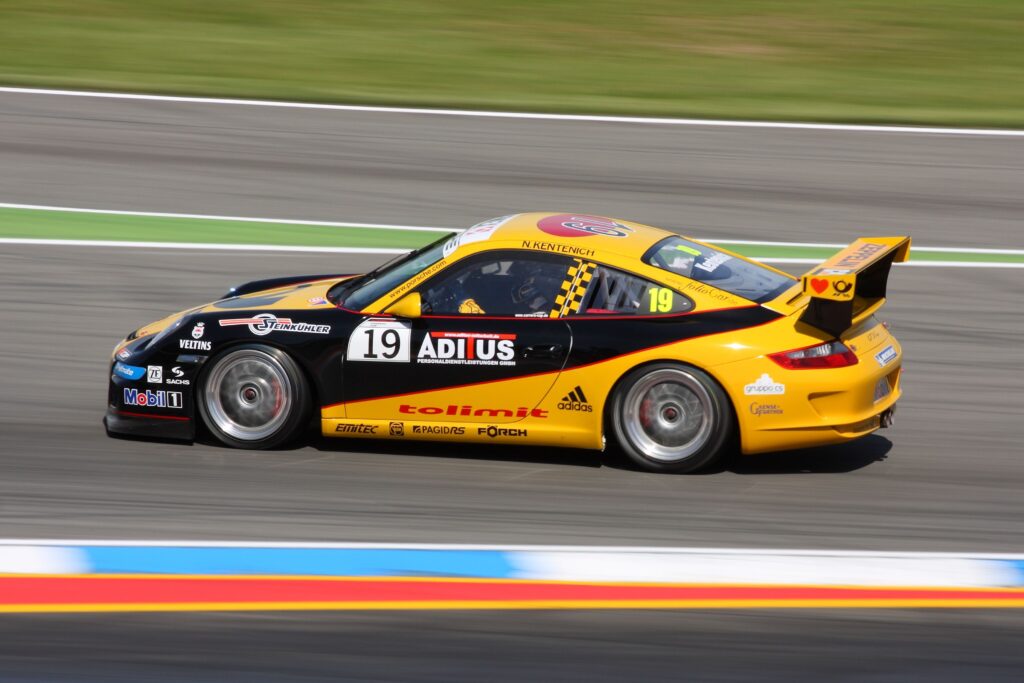
3. **Big Brake Kits: Mastering the Art of Deceleration**
While upgraded pads and fluid are crucial, for drivers serious about pushing their limits and ensuring maximum safety, a big brake kit (BBK) represents the next level of braking performance. These comprehensive systems go beyond simple pad swaps, offering a fundamental enhancement to your car’s ability to shed speed efficiently and reliably, lap after lap. A BBK is about managing the immense kinetic energy of a moving vehicle, especially when pushing hard on a track.
A typical big brake kit includes larger rotors and multi-piston calipers, which collectively deliver a substantial improvement in stopping power. The larger rotors increase the thermal mass of the braking system, allowing for much better heat dissipation. This enhanced heat management is critical in preventing brake fade, a condition where the brakes lose effectiveness due to excessive heat build-up. With a BBK, you gain the confidence to charge into corners deeper and brake later, knowing your system can handle the repeated abuse.
The multi-piston calipers in a big brake kit offer several advantages. They provide more even pressure distribution across the larger brake pads, leading to more consistent and powerful braking. This also reduces uneven wear on the pads. Furthermore, these calipers are often much stiffer than stock units, reducing flex under hard braking and contributing to a firmer, more communicative brake pedal feel. The combination of larger rotors and advanced calipers ensures exceptional stopping performance and improved resistance to fade during long, intense sessions.
Ultimately, a big brake kit is a significant investment that pays dividends in safety, performance, and driver confidence. It transforms your car’s braking capabilities, allowing for more aggressive driving with a higher margin of safety. With solid brake upgrades, you’ll have more confidence charging into corners, and your stock parts will last longer, ensuring you can truly master the art of deceleration on any track.
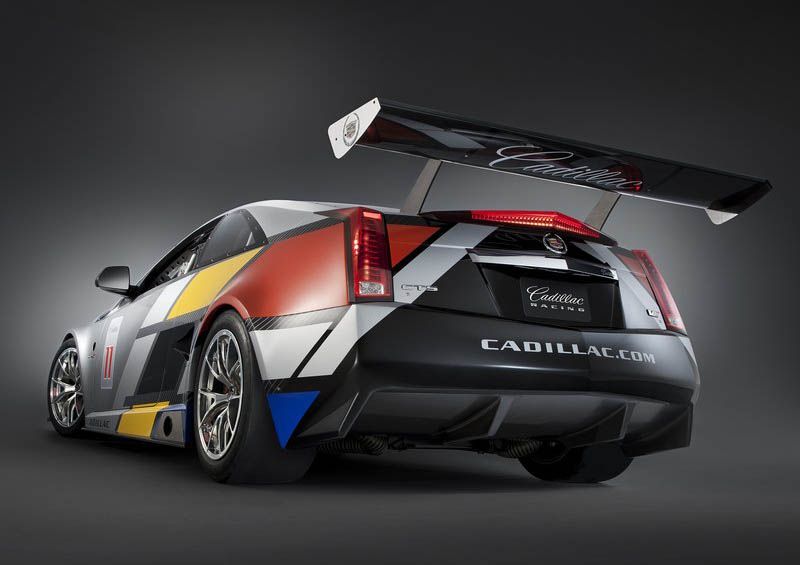
4. **Performance Suspension Systems: Dialing in Control**
Your suspension needs to deal with the extra loads from track driving; it’s the crucial link that dictates how your car handles cornering, braking, and acceleration. Upgrading your suspension system is one of the best first mods for track days, transforming a car’s handling characteristics from adequate to truly exceptional, allowing you to dial in stability and cornering precisely for spirited street driving and junior track use. OEM suspension, while comfortable, often falls short when pushed to the limit.
One of the most popular and effective performance suspension upgrades is the installation of coilover suspension. Coilovers let you adjust ride height and stiffness, giving you the flexibility to fine-tune your car’s stance and suspension characteristics. Stiffer springs and improved dampers cut down on excessive body roll during cornering and keep your tires firmly planted on the tarmac, maximizing grip and control. You’ll also get better feedback, making you feel more connected to what the car’s doing, which is invaluable on the track.
For those who prioritize versatility, adjustable suspension systems are a game-changer. These allow you to tweak settings for comfort on weekdays and switch to a performance-oriented setup for weekends at the track. For example, the T7 Series Coilovers offer 24 levels of damping adjustment and full-length height control. Race-grade damping oil and high-tensile 55CrSi steel springs ensure stable performance under aggressive cornering and repeated hard braking, while CNC-machined aluminum parts keep unsprung weight low, improving handling agility.
Stage 1 suspension upgrades, like uprated shocks paired with a set of lowering springs, make a world of difference for most enthusiast cars. They sharpen handling, reduce undesirable body movements, and improve the car’s responsiveness. A little suspension tweaking helps, but don’t go overboard if you still want to enjoy daily drives. The goal is to achieve a balance where your car feels sharper, flatter, and way more predictable, offering an enhanced level of control and safety when pushing its limits.

5. **Reinforced Control Arms & Bushings: Precision Handling Defined**
Pushing your car hard means putting your suspension to the test, and often, stock components are the weakest link. Standard rubber bushings and factory control arms can flex under the intense lateral and vertical loads experienced during aggressive cornering and braking on the track. This unwanted flex leads to sloppy handling, a lack of precision, and can even cause premature wear on other suspension components. Addressing these weaknesses is vital for maintaining accurate alignment and predictable handling.
Reinforced control arms, such as the Maxpeedingrods P3 Series Control Arms, are designed to solve this problem with key performance upgrades. By swapping in high-quality polyurethane bushings instead of rubber, you get significantly greater durability and more precise suspension response. Polyurethane is much firmer, reducing deflection and ensuring that suspension geometry remains consistent under load. This translates directly into a more direct steering feel and a more predictable handling response, allowing for greater confidence and control on the track.
Many high-performance control arms also feature integrated bushings or oil nozzles, which make maintenance easier and extend the lifespan of critical joints. Furthermore, heat-treated steel ball joints are often incorporated, adding strength where it’s needed most. These robust ball joints ensure smooth pivoting and consistent alignment, corner after corner. With such reinforced construction, these upgraded arms help keep your wheels planted and your steering precise, even when you’re pushing for your personal best lap.
The condition of your suspension and steering systems heavily influences vehicle stability and handling. Inspecting all components for signs of wear or damage, including shocks, struts, bushings, and tie rods, is crucial. Ensuring everything is tight and in proper working order to withstand the rigors of track driving ensures that every adjustment made to your suspension can be fully utilized. These upgrades are essential for maintaining tight alignment and delivering the precision handling necessary for optimal track performance and safety.
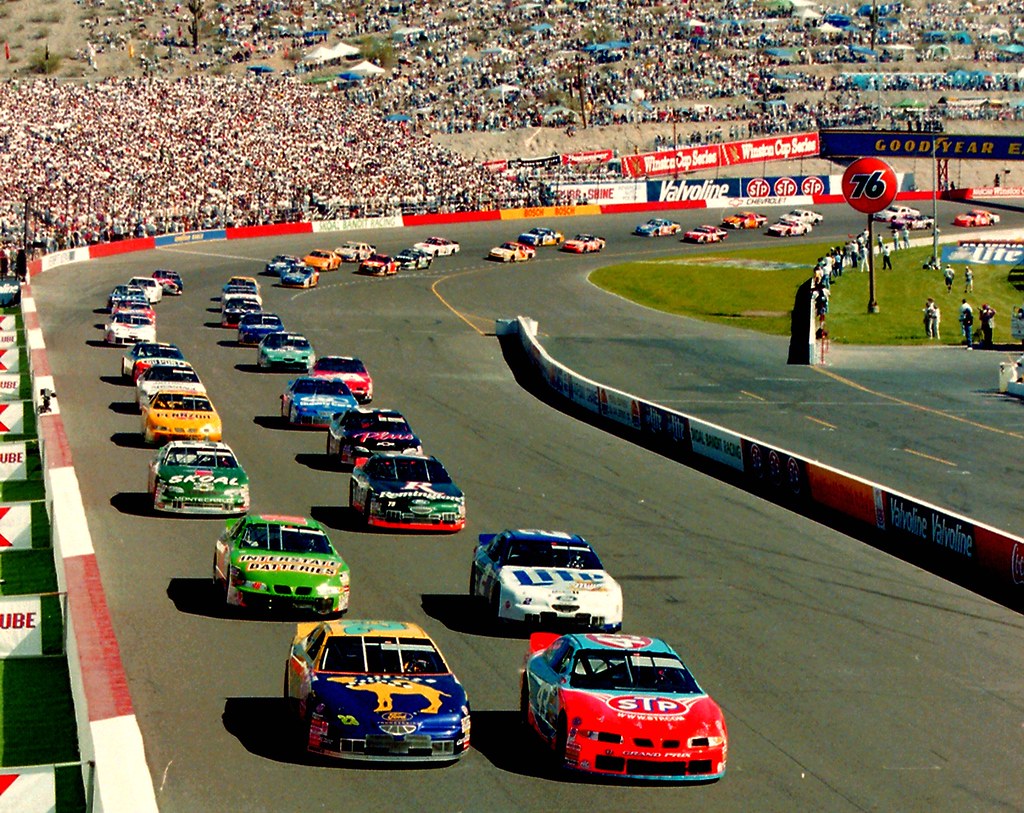
6. **Thicker Sway Bars & Chassis Bracing: Taming Body Roll and Boosting Rigidity**
While coilovers and reinforced control arms address vertical movement and component flex, managing body roll is another critical aspect of track performance and safety. When a car corners, weight shifts to the outside, causing the body to lean. Excessive body roll can reduce tire contact patch, compromise handling, and make the car feel less stable. This is where thicker sway bars and chassis bracing come into play, providing a crucial enhancement to your vehicle’s structural integrity and dynamic behavior.
Thicker sway bars, also known as anti-roll bars, are designed to link opposite sides of the suspension and resist independent wheel movement. By increasing the stiffness of these bars, you effectively reduce body roll, keeping the car flatter through corners. This allows the tires to maintain a more consistent contact patch with the road, leading to improved grip, better turn-in response, and a more stable platform for braking and acceleration. The result is a car that feels sharper, more responsive, and inspires greater confidence when tackling high-speed turns.
Complementing sway bar upgrades, light chassis bracing further enhances the structural rigidity of your vehicle. Components like strut tower bars or subframe braces tie together critical points of the chassis, minimizing flex and distortion under load. When the chassis is stiffer, the suspension components can work more effectively, as their mounting points are more stable. This leads to more predictable handling, improved steering feel, and a car that responds more directly to driver inputs. It’s an upgrade that helps the entire suspension system work in harmony.
While you don’t need $5,000 coilovers as a beginner, adding thicker sway bars and some light chassis bracing can make a world of difference. When everything is in perfect working order and the car feels sharper, flatter, and way more predictable, you’ll get the most out of your suspension mods. These additions provide the stability and rigidity needed to withstand the immense forces of track driving, ensuring that your vehicle remains composed and safe even during the most aggressive maneuvers.
As we continue our journey into transforming your daily driver into a track-ready machine, it’s time to delve into the more advanced safety and reliability enhancements that provide critical protection and peace of mind when pushing the limits. The previous section laid the groundwork with fundamental performance upgrades like tires, brakes, and suspension. Now, we’ll focus on direct occupant protection, structural reinforcement, and systems designed to withstand the extreme demands of track competition, ensuring you not only perform better but also return home safely after every exhilarating session.
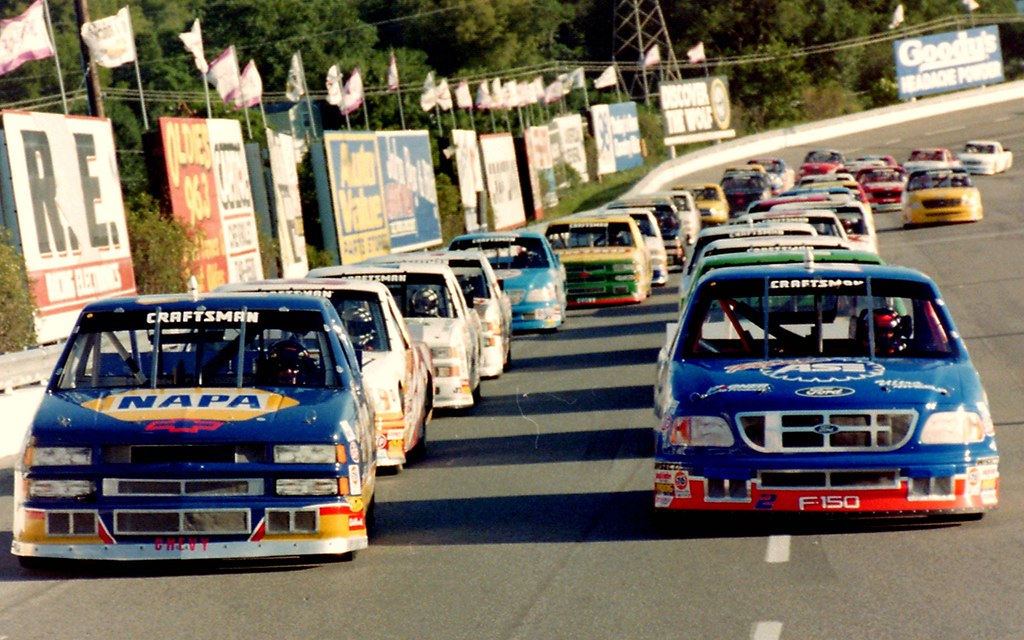
7. **Multi-Point Harness Systems: Securing Your Position**
Once you start experiencing the G-forces of aggressive cornering and hard braking on the track, you’ll quickly realize that your factory seatbelt, while perfectly adequate for street driving, simply isn’t designed to keep you firmly planted. The dynamic environment of a racetrack demands a much higher level of restraint, and that’s precisely where a multi-point harness system becomes an indispensable safety upgrade. These systems are specifically engineered to secure the driver firmly in place, preventing unwanted movement and ensuring optimal control.
A multi-point harness, typically a five-point or six-point design, distributes the forces exerted during sudden stops or impacts more evenly across your body. Unlike a standard three-point belt, which allows for significant upper body movement, a multi-point harness anchors you securely at the shoulders, hips, and between your legs. This dramatically reduces the risk of injury by preventing you from sliding around in your seat, which can be particularly dangerous during a collision or even just during aggressive cornering where maintaining consistent seating is crucial for precise input.
Beyond injury prevention, a proper harness system significantly enhances your driving experience and control. When you’re not bracing yourself against lateral and longitudinal forces, your focus can shift entirely to driving the car. This means more consistent steering inputs, better pedal modulation, and an improved ability to feel what the car is doing beneath you. A harness keeps your body stable, allowing your hands and feet to operate controls with greater precision and confidence, ultimately leading to faster and safer lap times.
When considering a multi-point harness, it’s crucial to ensure it’s installed correctly and compatible with your vehicle’s setup. Often, special mounting points or a harness bar are required to safely attach the shoulder straps at the correct angle. Most organized track events will have specific requirements for harness systems, so checking the rules of your local track or HPDE organization is a vital step. Investing in a high-quality harness from a reputable brand isn’t just about compliance; it’s about investing in your personal safety and enhancing your track performance.
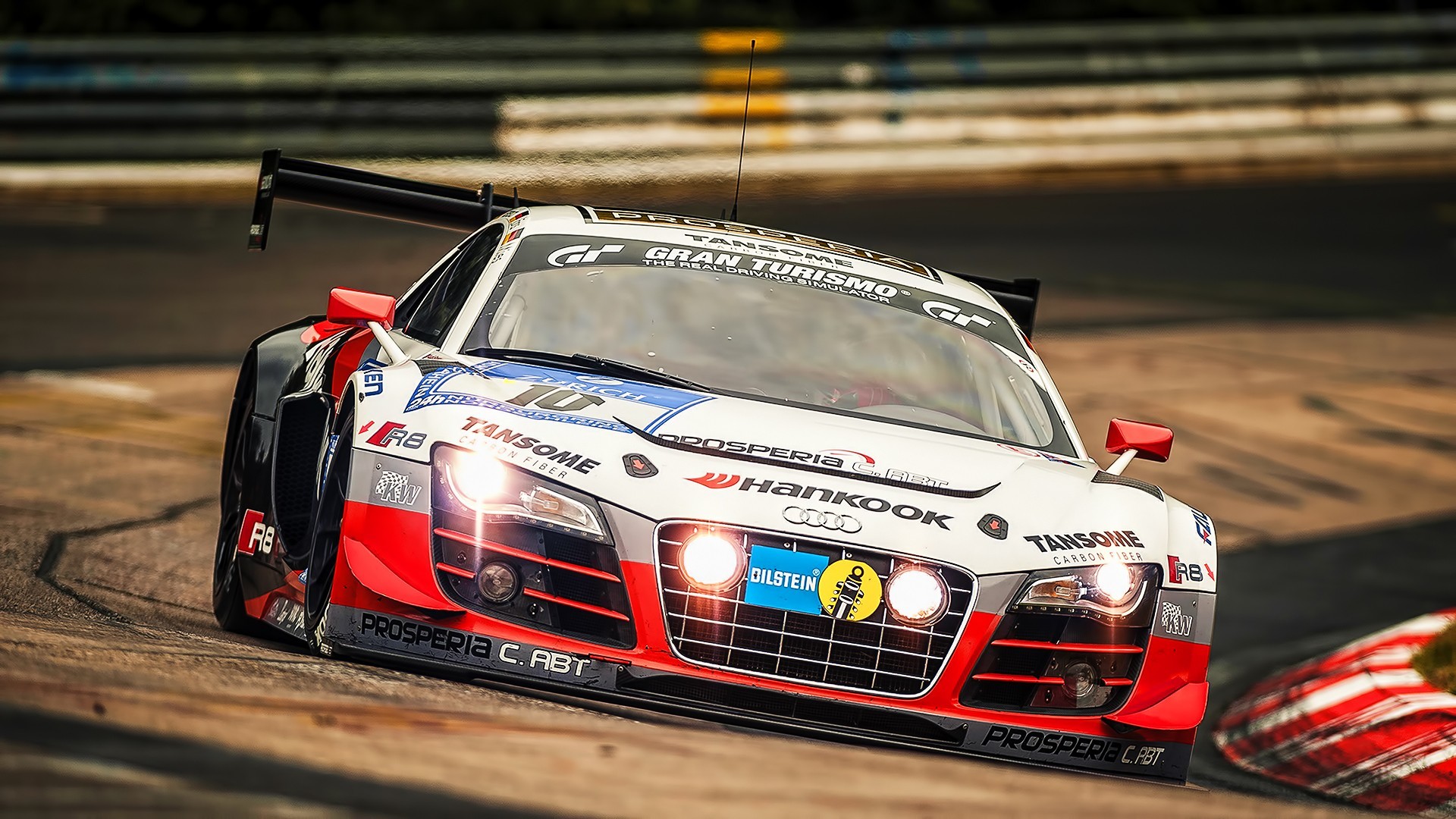
8. **Racing Seats: Optimized Support and Safety**
Closely related to multi-point harness systems, and often installed in conjunction, are dedicated racing seats. While a good harness keeps you secure, a racing seat provides the foundational support necessary for aggressive driving. Standard car seats, designed for comfort and everyday use, simply don’t offer the lateral support needed to keep a driver stable when experiencing the intense G-forces inherent in track driving. Upgrading to racing seats is a critical safety and performance modification that fundamentally changes your connection to the car.
Racing seats are engineered with deep bolsters around the thighs, hips, and shoulders, cradling your body and preventing you from sliding side-to-side or forward-and-back under heavy braking or acceleration. This superior support allows you to maintain consistent positioning behind the wheel, which is absolutely crucial for precise steering inputs and pedal modulation. Without a supportive seat, you’d spend valuable mental and physical energy bracing yourself, detracting from your ability to focus on the track and the car’s behavior.
Beyond the immediate performance benefits, racing seats are often designed with safety in mind. Many are constructed from lightweight, rigid materials like fiberglass or carbon fiber, and feature provisions for multi-point harnesses, ensuring proper strap routing and anchorage. They can also provide better impact protection than standard seats, particularly in the event of a side collision. When selecting a racing seat, it’s essential to ensure it’s compatible with your vehicle and, most importantly, offers a snug, comfortable fit that supports your body without creating pressure points during long sessions.
The combination of a well-fitted racing seat and a properly installed multi-point harness system fundamentally transforms the driver’s experience on the track. This setup ensures that you are securely positioned, allowing you to become an extension of the vehicle. By minimizing driver movement and maximizing support, you gain an enhanced ability to feel the car’s limits, react instinctively to changes in grip, and execute maneuvers with greater confidence and precision. This partnership of seat and harness is a cornerstone of advanced track day safety and performance.
9. **Roll Bars or Roll Cages: Structural Protection**
For drivers who are seriously committed to pushing their vehicle’s limits on the track, especially those venturing into more advanced high-performance driving events (HPDEs) or competitive amateur racing, the installation of a roll bar or full roll cage becomes an absolutely vital safety enhancement. These structural additions are designed to protect occupants in the event of a rollover, providing a rigid safety cell that significantly reduces the risk of serious injury or fatality. It’s a layer of protection that goes beyond passive safety systems and directly addresses the unique hazards of track driving.
A roll bar is typically a four-point structure that bolts or welds into the chassis behind the front seats, offering robust protection for the main cabin. It primarily functions to prevent the roof from collapsing in a rollover, creating a survival space for the occupants. While a roll bar offers substantial safety benefits for many track day enthusiasts, a full roll cage extends this protection throughout the interior, tying into multiple points of the chassis to form a comprehensive protective frame. This complex structure not only enhances safety but can also significantly stiffen the chassis.
The chassis stiffening provided by a roll cage is a noticeable performance benefit. By minimizing chassis flex, especially under extreme cornering loads, the suspension components can operate more effectively, leading to more predictable handling and improved steering response. This added rigidity helps the car maintain its intended geometry, allowing for more consistent and precise adjustments. However, it’s important to note that fitting a roll cage often requires significant interior modification, including removal of rear seats and trim, making the vehicle less practical for daily use.
Choosing between a roll bar and a full roll cage depends heavily on your driving intentions and the specific requirements of the events you plan to attend. Most HPDEs for street cars may not mandate a full cage, but some advanced groups or racing series will. Regardless of the choice, it’s paramount that these components are installed by experienced professionals, using high-quality materials, to ensure their effectiveness. This upgrade represents a significant investment in safety and structural integrity, providing peace of mind when exploring the absolute limits of your vehicle.
10. **Enhanced Cooling Systems: Battling the Heat**
When your car is subjected to the sustained high RPMs, hard acceleration, and aggressive braking demanded by track driving, it generates an immense amount of heat. Stock cooling systems, designed for street use, often struggle to dissipate this heat efficiently, leading to elevated engine, oil, and transmission temperatures. Overheating can quickly lead to a loss of power, reduced component longevity, and in severe cases, catastrophic engine damage. This makes an enhanced cooling system not just a performance upgrade, but a crucial reliability and safety measure for any track day enthusiast.
Upgrading your cooling system involves a multi-pronged approach, targeting all critical fluids and components. A high-performance radiator is often the first step, offering increased surface area and core volume to dissipate heat more effectively than its OEM counterpart. Complementing this, upgraded silicone coolant hoses can withstand higher temperatures and pressures, reducing the risk of burst hoses that could lead to instant overheating. A high-flow water pump can also improve circulation, ensuring coolant moves efficiently throughout the engine.
Beyond the primary engine coolant, other fluids like engine oil and transmission fluid also operate at elevated temperatures on the track. Installing dedicated oil coolers for both the engine and, if applicable, the transmission, is highly recommended. These systems use a separate heat exchanger to cool the oil, helping to maintain optimal operating temperatures and preventing degradation that can lead to increased wear and reduced lubrication effectiveness. This meticulous attention to cooling is vital to ensure your car performs consistently throughout a track day.
The goal of an enhanced cooling system is to maintain optimal operating temperatures for all critical components, even under the most strenuous track conditions. By preventing overheating, you ensure that your engine’s power output remains consistent, you extend the life of your fluids and components, and you drastically reduce the risk of mechanical failures that could leave you stranded or, worse, cause a dangerous situation on track. It’s an investment in your car’s longevity and your peace of mind, allowing you to push harder for longer without worry.
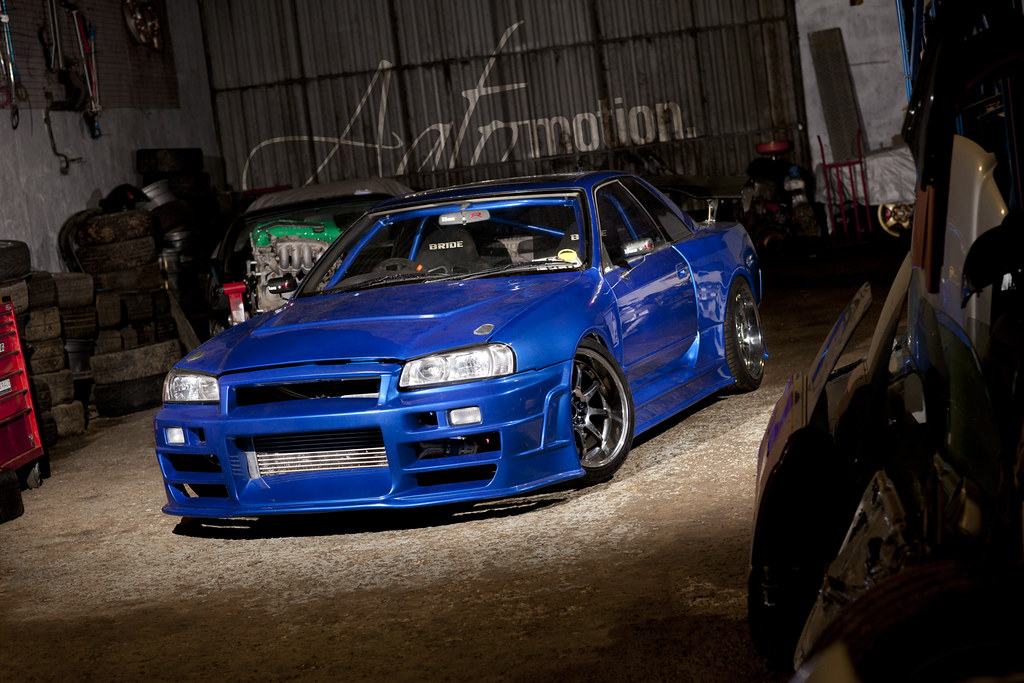
11. **Aerodynamic Components: Grip Through Air**
While mechanical grip from tires and suspension is fundamental, maximizing your car’s performance at higher speeds on the track involves intelligently managing the air flowing over and around it. This is where aerodynamic components come into play, offering a sophisticated way to enhance stability, improve handling, and even increase cornering speeds by harnessing the power of airflow. Far from being merely cosmetic, these additions are crucial for keeping your vehicle firmly planted when gravity and velocity try to pull it off the asphalt.
Aerodynamic components such as a rear spoiler or wing work by generating downforce, which is essentially a force that pushes the car downwards onto the track. This increases the load on the tires, enhancing grip and stability, particularly in high-speed corners. A well-designed front splitter, on the other hand, helps to manage airflow underneath the car, often creating a low-pressure area that further contributes to downforce at the front, balancing the effects of a rear wing and improving turn-in response.
Beyond downforce, other aerodynamic elements like underbody trays, diffusers, and side skirts aim to streamline airflow, reduce drag, and manage turbulence. Reducing air resistance allows the car to achieve higher top speeds on straights, while controlled airflow around the chassis minimizes lift and improves overall aerodynamic efficiency. This meticulous attention to airflow not only contributes to better handling and cornering speed but also plays a significant role in vehicle stability at high velocities, directly contributing to overall safety.
The effectiveness of aerodynamic modifications is highly dependent on proper design and integration. While some bolt-on parts can offer benefits, truly optimized aerodynamics often involve a holistic approach, ensuring that components work together to achieve a balanced effect. It’s about finding the right combination that complements your car’s chassis and suspension setup, turning air into an ally that pushes your car harder into the tarmac. These upgrades allow drivers to carry more speed through turns and feel more confident as speeds increase, translating into tangible performance gains and a heightened sense of control.
Read more about: The Final Kill: An In-Depth Look at the F-16’s Historic Hunt for a MiG-29 Over Serbia
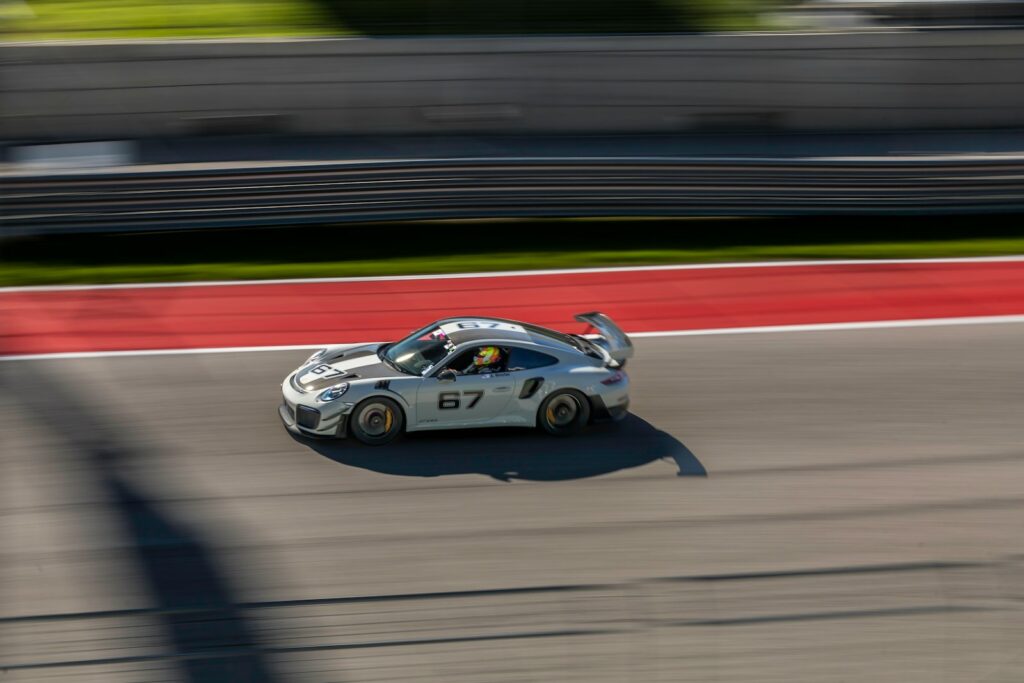
12. **Stainless Steel Brake Lines: Eliminating Flex**
We’ve already covered the importance of high-performance brake pads, high-temperature fluid, and even big brake kits for superior stopping power on the track. However, even with these crucial upgrades, there’s one often-overlooked component that can subtly yet significantly compromise your braking performance: the factory rubber brake lines. Under the immense hydraulic pressures generated during repeated, hard braking on a track, these rubber lines can expand or “flex,” leading to a less consistent pedal feel and a slight delay in brake response. This is where stainless steel brake lines become an essential upgrade.
Stainless steel brake lines are exactly what they sound like: hydraulic lines that are reinforced with a braided stainless steel mesh over a Teflon inner tube. This construction is vastly more resistant to expansion than standard rubber lines. When you press the brake pedal, every bit of hydraulic pressure is channeled directly to the calipers without being absorbed by expanding rubber. The result is a much firmer, more consistent, and more communicative brake pedal feel. This direct connection gives the driver greater confidence and precision in modulating braking force.
The elimination of flex in the brake lines translates directly to improved safety and performance on the track. With a rock-solid pedal, you can more accurately gauge the amount of braking force being applied, allowing for finer control at the limit. This consistency is invaluable during intense sessions where brake fade is a constant concern. Stainless steel lines ensure that even as your pads and rotors heat up, your pedal remains firm and predictable, making it easier to brake later, harder, and with greater confidence into corners.
While perhaps not as visually dramatic as a big brake kit, stainless steel brake lines are a critical piece of the overall braking puzzle. They complete the braking system upgrade, ensuring that the enhanced stopping power from your pads and rotors is delivered efficiently and without compromise. For any track day driver serious about maximizing their car’s braking capabilities and maintaining consistent, reliable stopping power lap after lap, this seemingly minor upgrade provides a major improvement in control, confidence, and ultimately, safety.
Bringing your daily driver to the track is an incredible experience, but it’s one that demands respect for the forces involved and a commitment to preparation. By systematically upgrading your vehicle with essential safety and performance enhancements—from foundational grip and stopping power to critical occupant protection and system reliability—you transform a capable street car into a formidable track weapon. Remember, the goal isn’t just about faster lap times, but about maximizing your control, ensuring your safety, and preserving your vehicle’s integrity so you can enjoy every moment and confidently drive home. Build smart, drive hard, and cherish the journey of mastering your machine on the asphalt.

